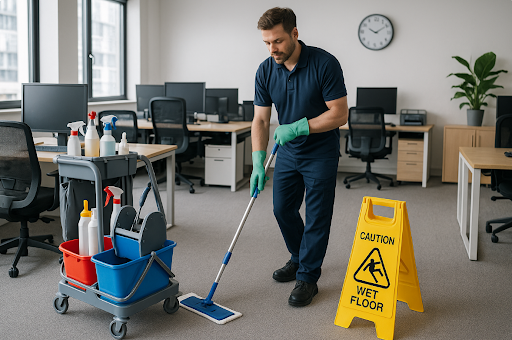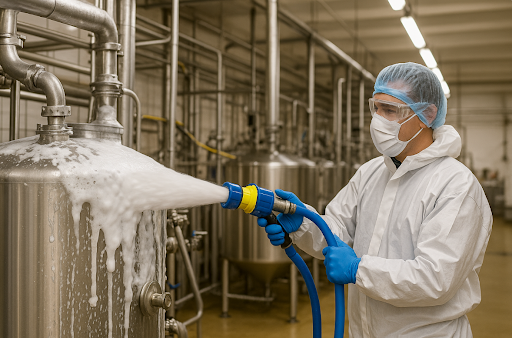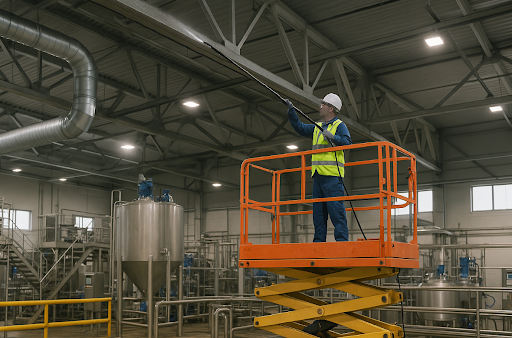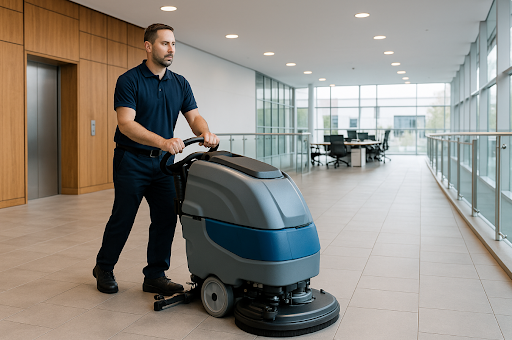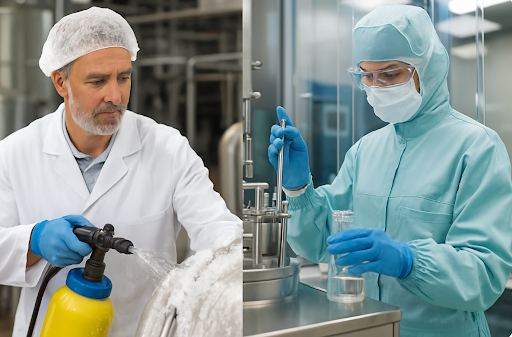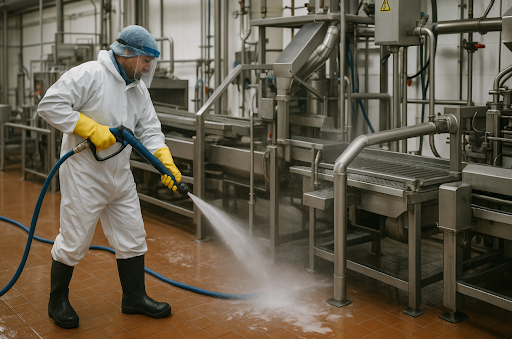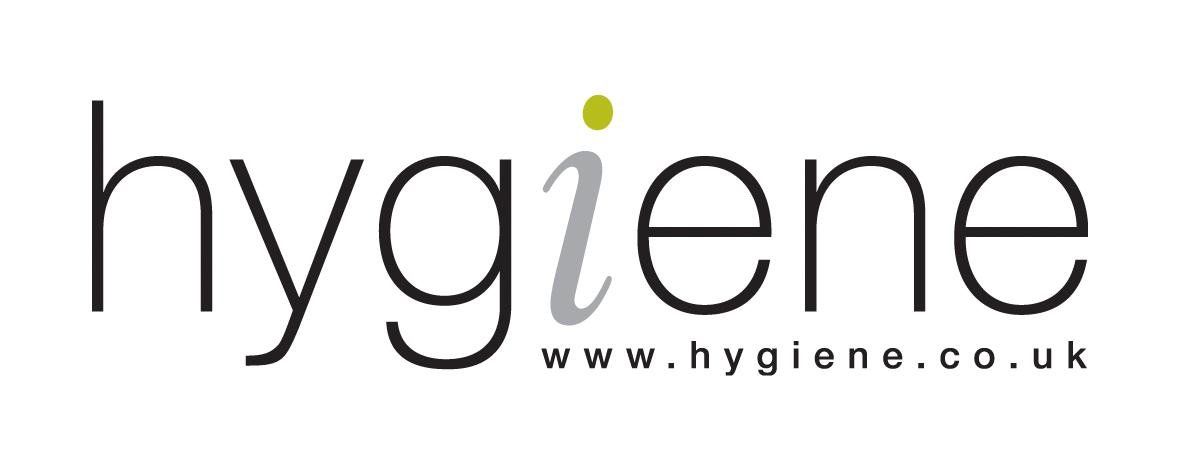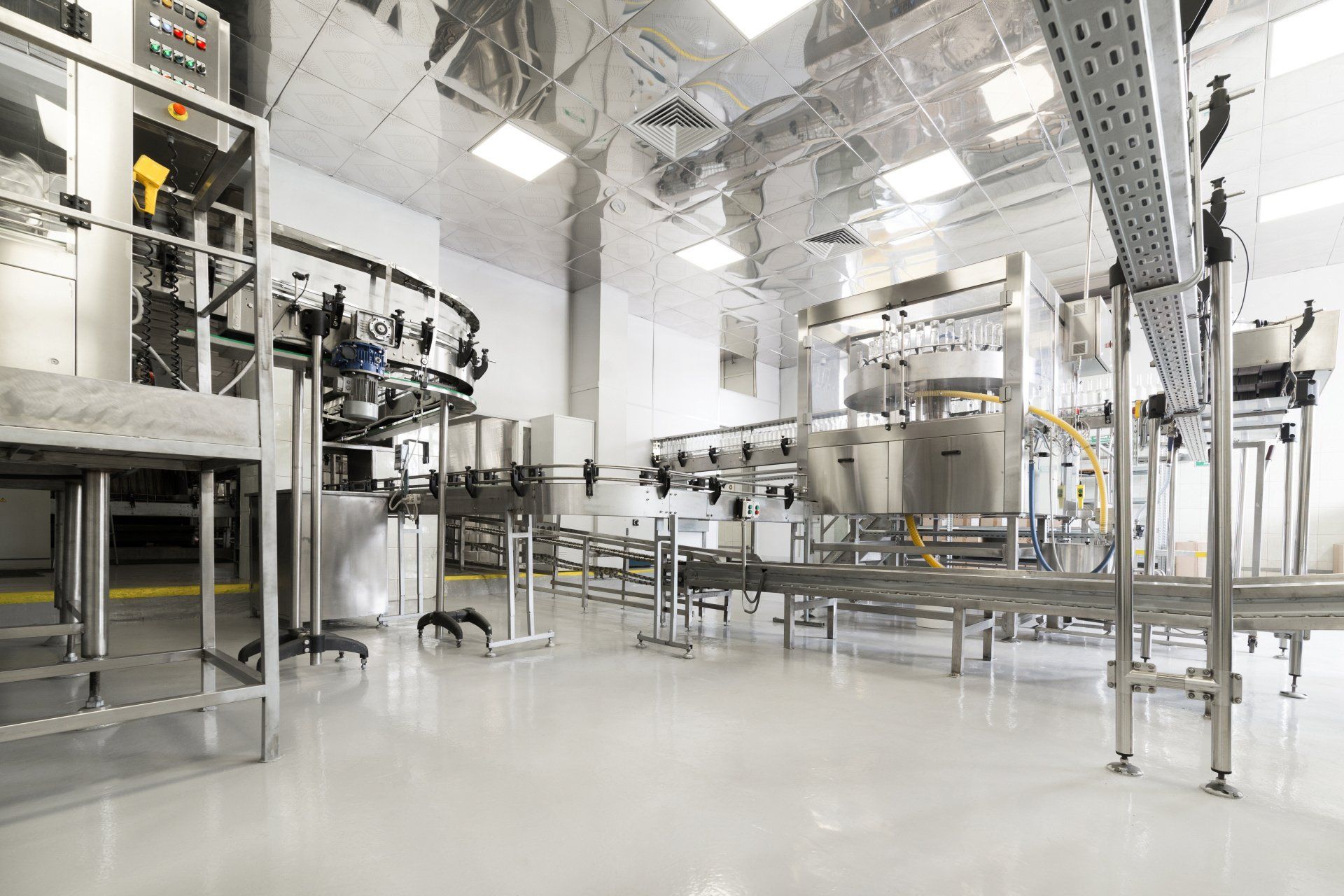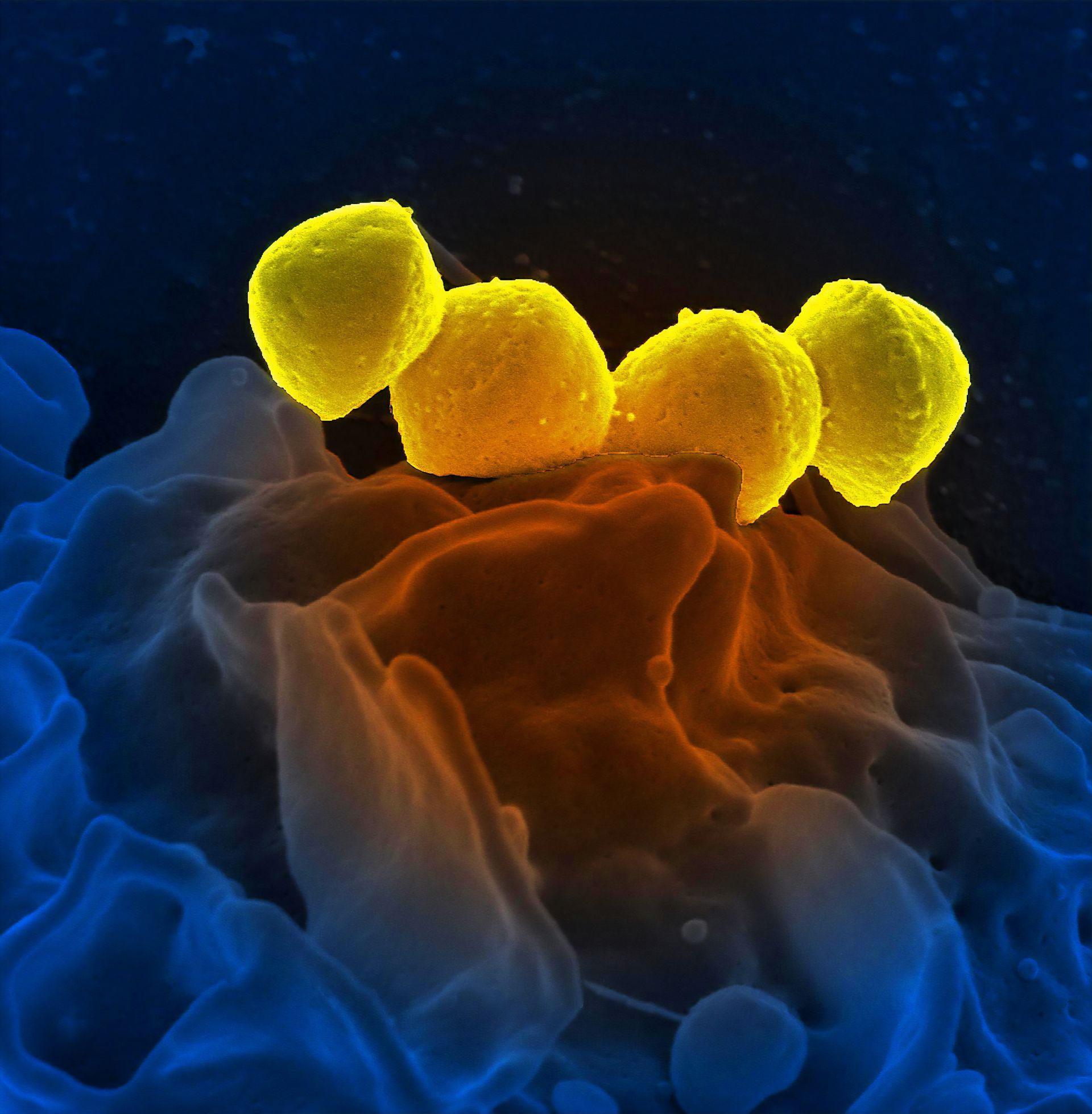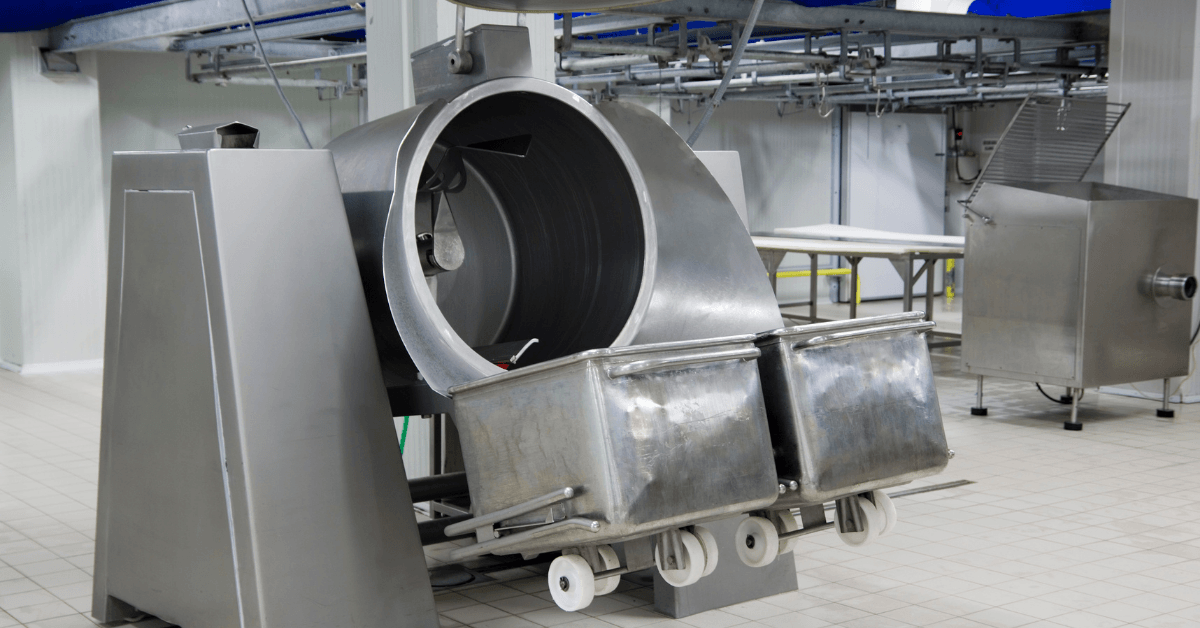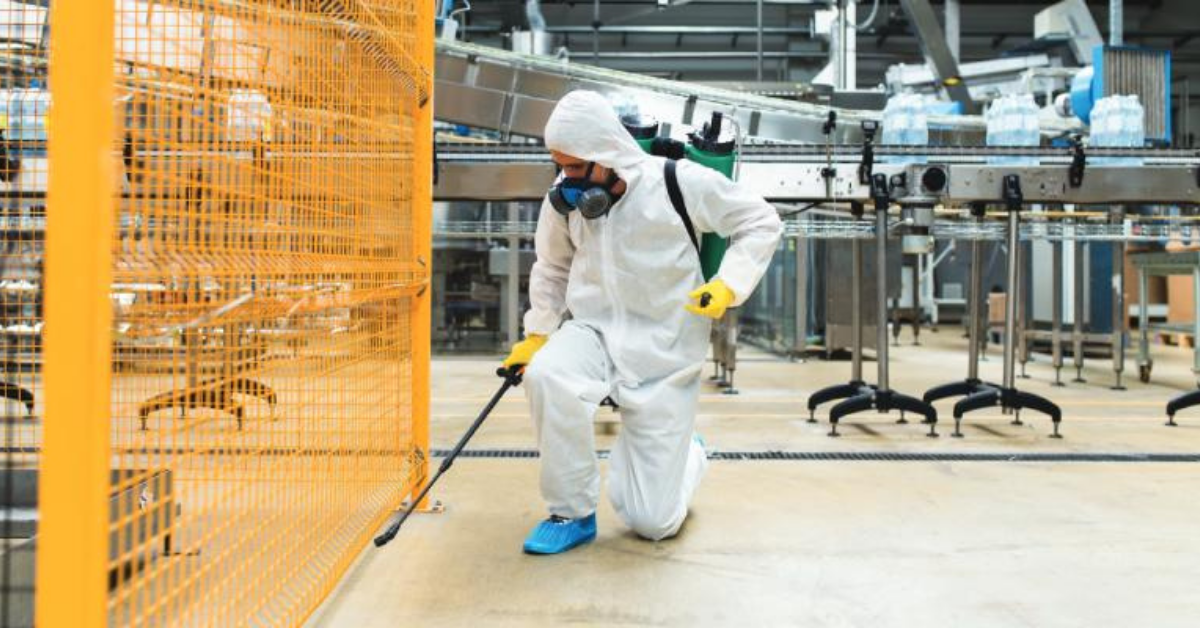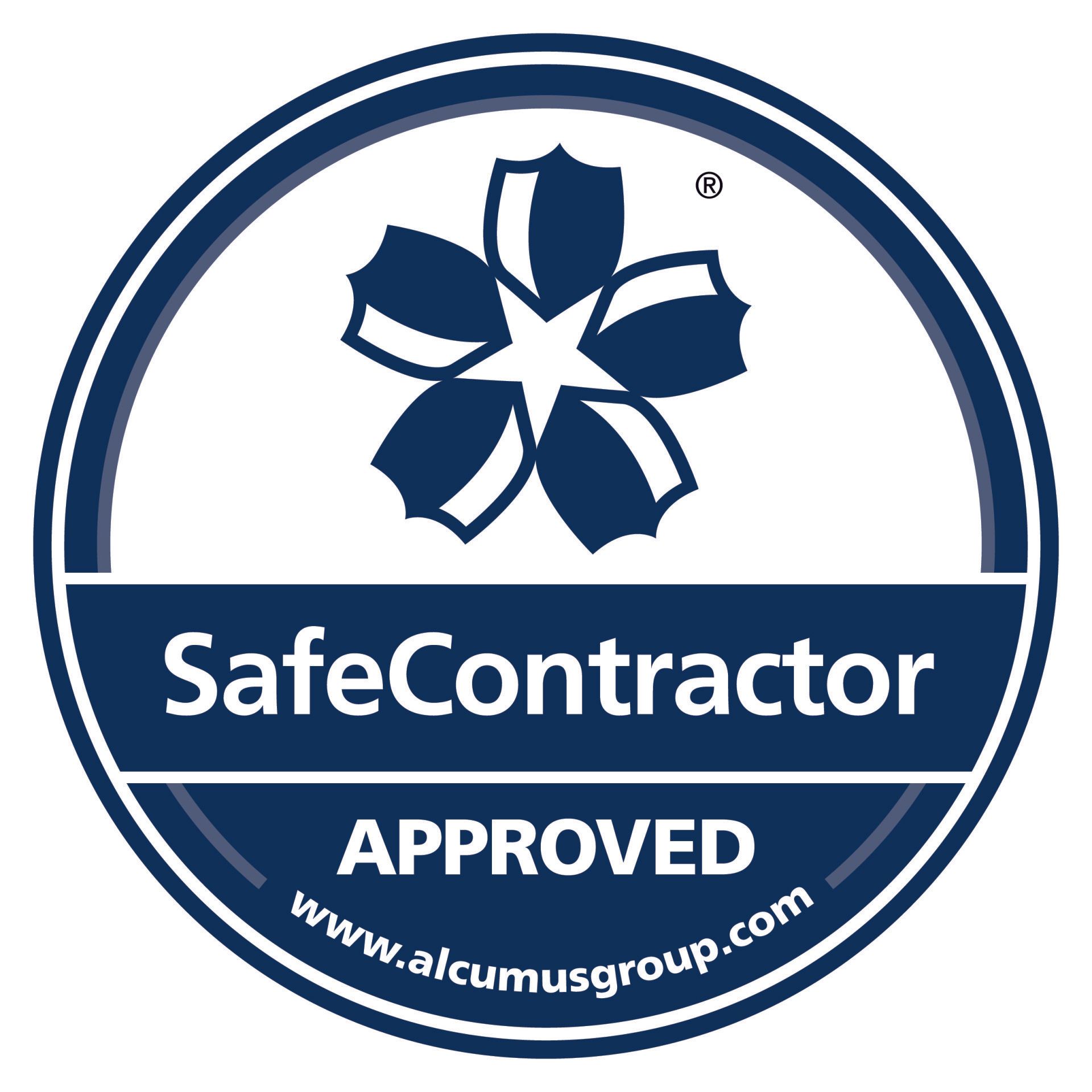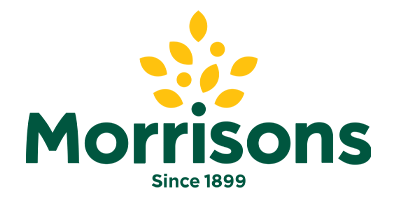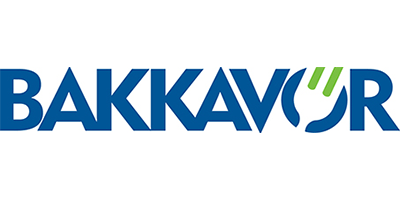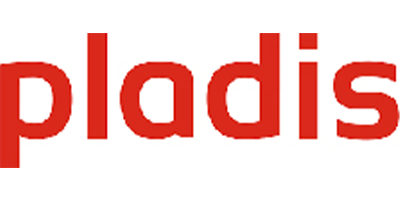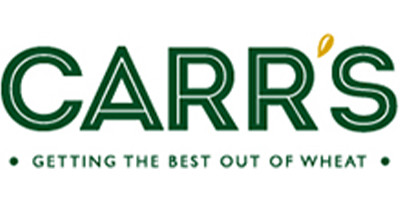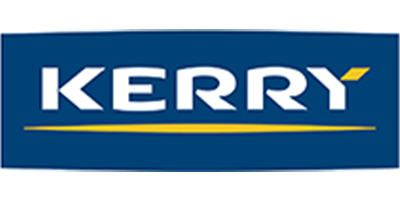Beyond Cleaning: Managing Pests and Waste in Industrial FacilitiesBeyond Cleaning: Managing Pests and Waste in Industrial Facilities
Regular cleaning may keep surfaces spotless, but maintaining a safe, compliant industrial site is only part of the picture. Pest control and waste management are just as critical. A missed bin collection, poorly stored waste, or undetected rodent entry point can quickly undermine even the most rigorous hygiene regime. These aren't secondary concerns for facility managers, production leads, and quality professionals—they’re integral parts of a robust hygiene strategy.
Early in the planning phase, successful operators think holistically: cleaning prevents contamination, pest control stops infestations from taking hold, and structured waste management removes the conditions that attract them in the first place. Hygiene Group’s integrated approach brings these three pillars together, helping businesses reduce risk, control costs, and stay compliant year-round.
High up the priority list should be a joined-up plan for pest control services in the UK and industrial waste management services. When these are aligned with cleaning schedules, facilities avoid the operational blind spots that allow pests to thrive or waste to accumulate unnoticed.
Why pests and waste must be tackled together
Industrial facilities—especially in food, drink, and manufacturing sectors—offer pests exactly what they need to survive: warmth, food sources, and shelter. Waste build-up, even in modest quantities, acts as a beacon. If bins overflow, storage areas aren’t maintained, or waste is left overnight in open skips, you’re effectively inviting pests inside.
The most common culprits include:
- Rodents (rats and mice): Drawn to grain dust, food residues, and shelter in voids or roof spaces.
- Flying insects: Attracted to sugar residues, standing water, and poorly covered waste.
- Stored product insects (SPIs): Thrive in dry goods, packaging residues, and bulk storage silos.
- Birds: Exploit high ledges, damaged roofing, or open loading bays for nesting and roosting.
An integrated pest and waste plan closes these gaps before they become infestations or contamination risks.
Pest control: prevention, monitoring, and rapid response
Modern commercial pest control is about more than laying traps. Industrial facilities need a structured approach that combines monitoring, proofing, and targeted interventions. Hygiene Group’s BPCA-qualified teams provide this through proactive and reactive measures designed for demanding industrial environments.
Key elements of effective industrial pest management include:
- Site surveys and hotspot mapping: Identifying entry points, harbourage zones, and vulnerable areas.
- Proofing and exclusion: Physical measures such as mesh screens, door bristles, and sealants to block access.
- Electronic monitoring: Increasingly, digital systems are used to track rodent movement or insect activity in real time.
- Routine inspections: Regular visits keep records current and catch issues early.
- Targeted treatments: Carried out under strict COSHH and COPR compliance to protect food safety and the wider environment.
Hygiene Group integrates pest control contract services with existing hygiene routines. For example, waste bins are included in inspection schedules, cleaning teams flag signs of activity, and pest control specialists act quickly to contain problems. This collaborative model minimises disruption and keeps audit trails clear.
Waste management: removing the root cause
If pests need food and shelter, poorly managed waste gives them both. A consistent, well-structured waste strategy is one of the most effective long-term pest deterrents. Hygiene Group’s industrial waste management services are designed to remove waste streams efficiently, legally, and without creating hygiene blind spots.
Common waste risks in manufacturing environments:
- Overflowing or open bins near production areas
- Poor segregation of food, packaging, and hazardous waste
- Infrequent collections or irregular waste removal schedules
- Contaminated recycling streams caused by improper disposal
- Poorly designed external storage encouraging nesting or scavenging
These lapses increase pest risk and can compromise food safety, cause odours, and even breach environmental regulations.
Professional waste management in action
Hygiene Group’s teams manage all waste streams from source to destination, ensuring compliance and efficiency across production sites. Operating 24/7, they align with shift patterns to remove waste when production allows, rather than letting it build up. Their plans also adapt to evolving legislation, ensuring businesses comply with waste and recycling rules.
Effective waste disposal services industry plans typically include:
- Segregation at source: Clear labelling and dedicated bins for different waste types.
- Scheduled removals: Timetabled collections aligned to production shifts.
- Tailored storage solutions: Closed bins, covered skips, and pest-proof containers.
- Environmental compliance: Meeting recycling targets and reducing landfill use.
- Site-wide integration: Linking waste collection to cleaning and pest control schedules for a seamless approach.
This structured model reduces contamination risk, improves sustainability, and significantly lowers the chance of pest infestations taking hold.
The power of integration
Many facilities treat cleaning, pest control, and waste disposal as separate contracts. While this might appear simpler on paper, it often leads to fragmented schedules, duplicated site inductions, inconsistent standards, and higher overall costs.
By contrast, working with a single provider who understands pest control for factories, waste management, and cleaning creates clear benefits:
- Fewer gaps: Waste isn’t left between cleaning and pest contractor visits.
- Faster response times: A single team can escalate issues internally.
- Lower admin burden: One contract, one set of KPIs, one compliance framework.
- Better communication: Teams share data and act on emerging risks quickly.
- Improved audit readiness: All hygiene-related services are documented and aligned.
Hygiene Group offers contract waste management and pest control services in the UK as part of a broader hygiene package. Directly employed teams are trained to work in complex industrial environments, providing industrial pest management and waste handling that fit seamlessly alongside cleaning programmes.
A practical roadmap for facility managers
- Audit your current setup: List current cleaning, pest control, and waste management contracts. Identify overlaps, gaps, or scheduling clashes.
- Map waste streams and pest risks: Pinpoint hotspots, storage areas, production zones, and pest entry points.
- Review frequency and responsiveness: Are waste collections aligned to production? Are pest inspections frequent enough?
- Integrate service schedules: Link pest visits and waste collections to cleaning rotas for greater consistency.
- Choose a single accountable partner: Consolidating services improves control, reporting, and responsiveness.
Why Hygiene Group?
With more than 35 years of experience in industrial hygiene, Hygiene Group understands how cleaning, pest control, and waste handling intersect. Their teams are BPCA-qualified, fully compliant with environmental and safety legislation, and experienced in high-risk environments such as food manufacturing, logistics, and pharmaceuticals.
- Explore pest control services, UK to see how targeted prevention and monitoring protect your site.
- Learn more about industrial waste management services to keep your facility clean, compliant, and pest-free.
Partner with a trusted
commercial & industrial cleaning UK specialist who can deliver integrated hygiene solutions tailored to your operation.
